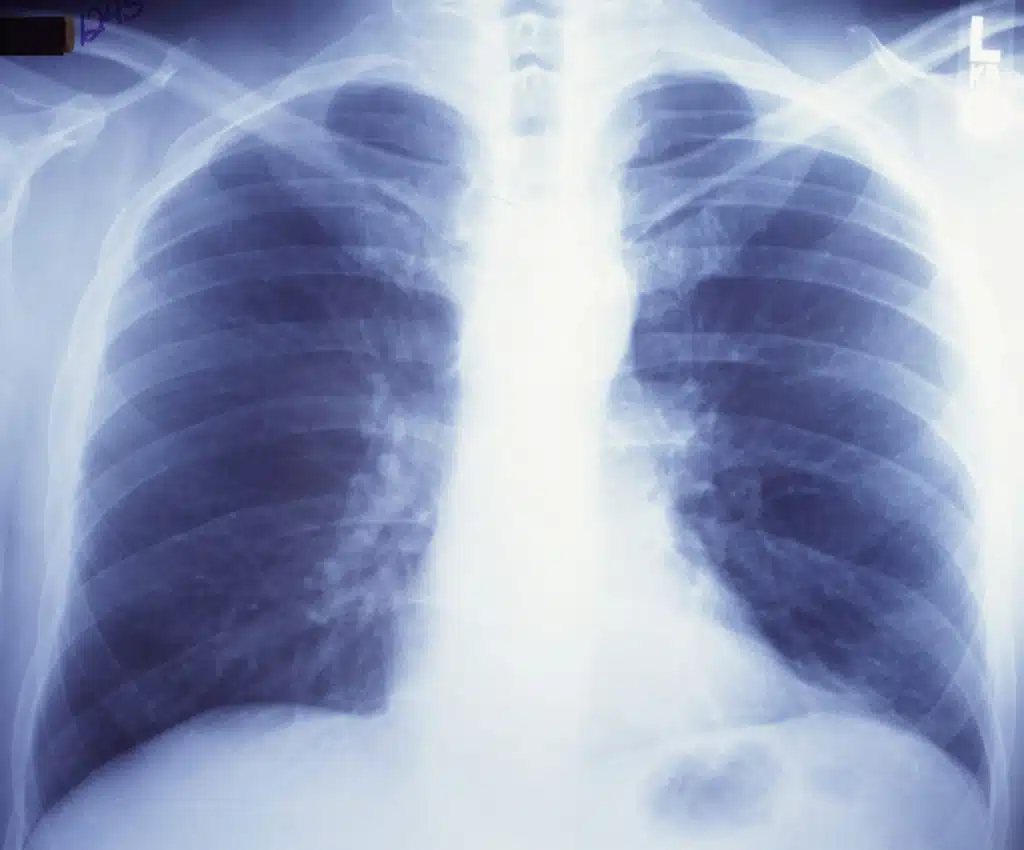In break-through research, researchers have identified genes in mice that appear to be important in the spread of breast cancer to bones.
Australian women have a one in eleven life-time risk of developing breast cancer. For many women, early diagnosis and treatment provides a complete cure. However, if the tumour spreads, the disease is hard to control and the treatment options are limited.
Bone disease develops in 70 percent of breast cancer patients who are left untreated, or for whom treatment fails.
PhD student with the Peter MacCallum Cancer Institute, Erica Sloan, said her research aimed to identify the genes that allow a breast tumour cell to spread to bone.
“If we have this knowledge, we can develop specific treatments for breast cancer that stop the spread of the tumour to the bones,” she said.
Using mice, Ms Sloan and her colleagues developed a new and unique model of breast cancer that closely mimics the human disease. They then used a new technology called DNA microarrays to simultaneously compare 1000s of genes at the same time.
“We found differences in the genes expressed by the tumours that spread to bones compared to those that spread to the lung, but not the bone,” Ms Sloan said.
“We found several interesting gene changes, but two particular genes appear to be important in the spread of breast cancer to the bone. One controls attachment of the tumour cells to normal cells such as those in the bone marrow. The other gene regulates cell growth and may prevent the tumour cell growing in the bones”
Ms Sloan said the new DNA microarray technique allowed analysis of genes in weeks compared to old technology that could take up to a year.
Ms Sloan’s current research is looking to understand how the two genes are involved in the spread of human breast cancer. When this is understood, it will be possible to develop drugs that specifically target these genes to prevent the spread of breast cancer, and possible other cancers.
Ms Sloan announced the results of her research today (24 August) at the 11.15am ScienceNOW! media conference. She will present her research in more detail to the public on Saturday 25 August in the ScienceNOW! session commencing at 10.30am.





 Fresh Science is on hold for 2022. We will be back in 2023.
Fresh Science is on hold for 2022. We will be back in 2023.